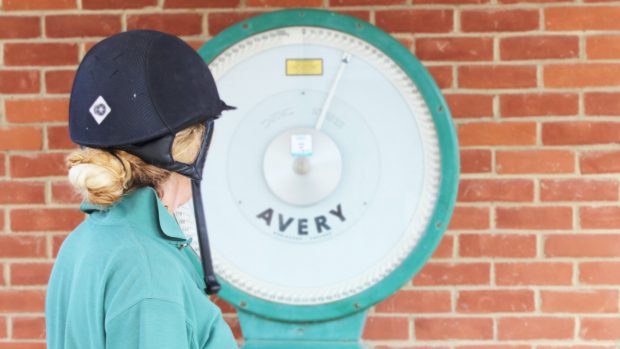Q: My instructor says my horse could be suffering from a cold back. The vet is due to examine him in the next few days. In the meantime, can you explain exactly what cold-backed means?
Chartered physiotherapist Vicky Spalding replies:
The term cold-backed is really a description of the symptoms that a horse witha painful back exhibits.
Typical symptoms are dipping away or putting the back up as a response to saddle pressure.
A cold-backed horse will often show symptoms when the saddle is put on initially, or when mounted and walking off for the first few steps, but will then work normally as the affected muscles warm up, lengthen and become accustomed to the pressure of the saddle/rider.
Many people think that symptoms of a cold back do not indicate pain and that this is their horse’s normal reaction to tacking up or mounting – this is most definitely not the case.
The acute reaction seen in cold-backed horses is caused by stimulation of sensitive nerve endings. This may be due to pressure from a badly fitting saddle or stretching of immobile or injured tissue. Back pain may also develop as a consequence of underlying lameness, as the horse adjusts his posture to avoid bearing weight on the affected limb.
If your horse is showing symptoms of a cold back, the first course of action will be to identify the cause.
Your vet, physiotherapist and saddler may need to work together to do this. Once a cause has been established, an appropriate course of treatment may be given.
Practical tips to help minimise cold-backed symptoms include:
- Regular (at least annual) saddle and physiotherapy checks to identify problems before they become established. Note that veterinary permission will need to be obtained prior to input from a physiotherapist, osteopath or chiropractor – even for a routine check.
- Walk your horse round the yard for a few minutes once tacked up before mounting to allow the back muscles to warm up and start to stretch.
- Always mount using a mounting block.
- Warm up and cool down at the beginning and end of all exercise sessions.
Vicky Spalding MCSP SRP is a chartered physiotherapist. She runs the Physiotherapy Practice based at the Yorkshire Equine Clinic in Leeds.




